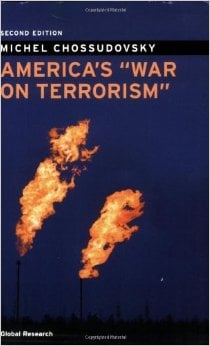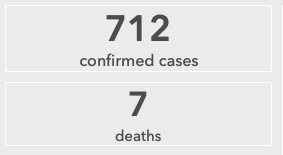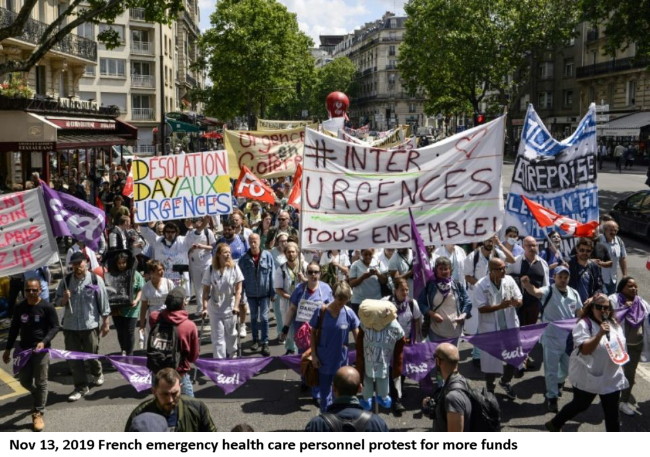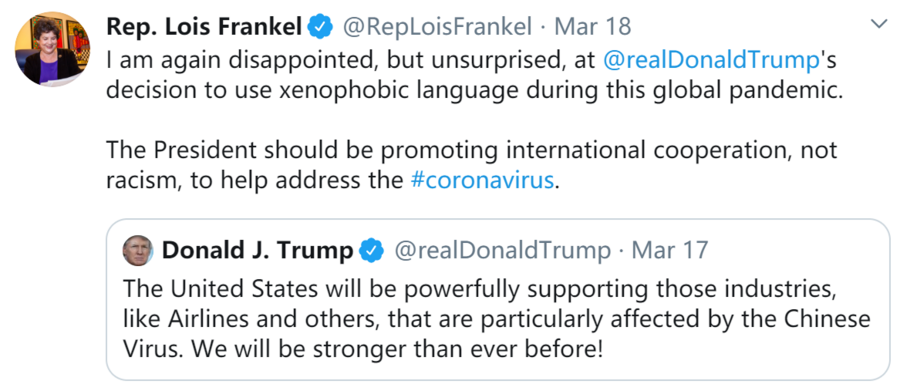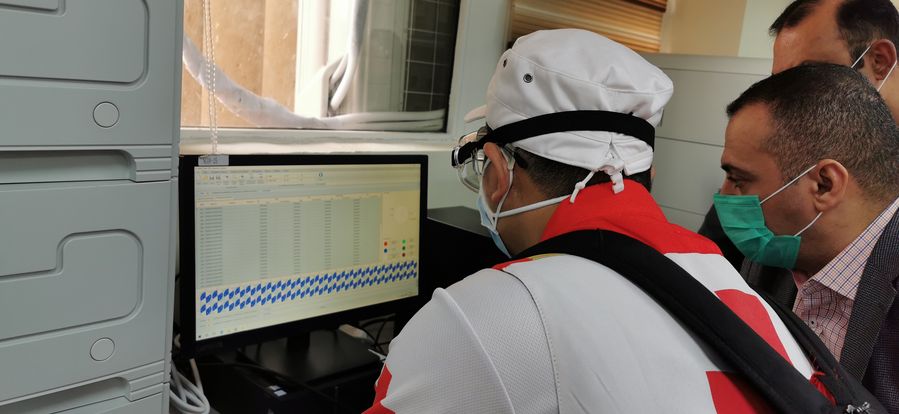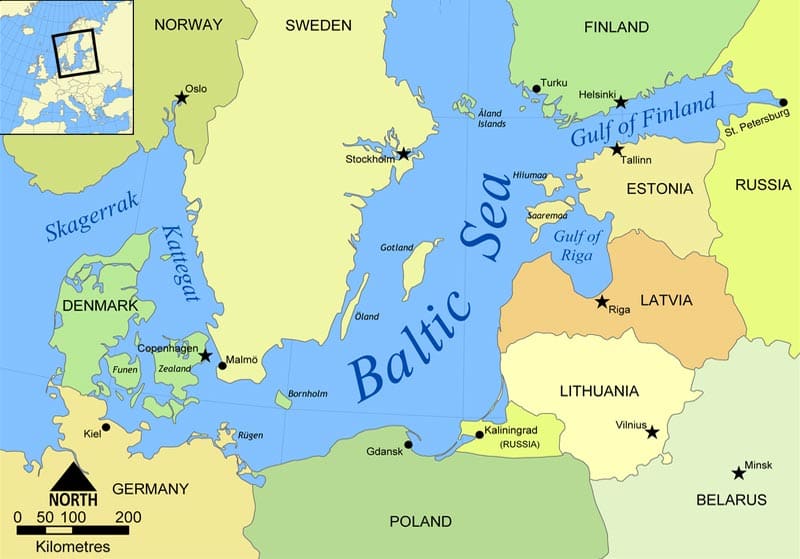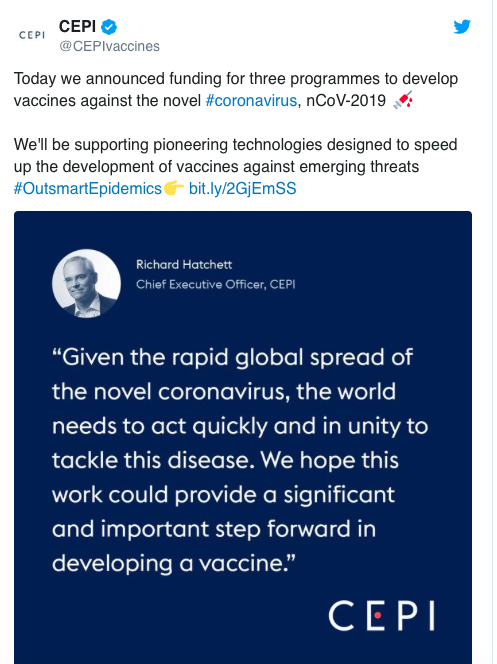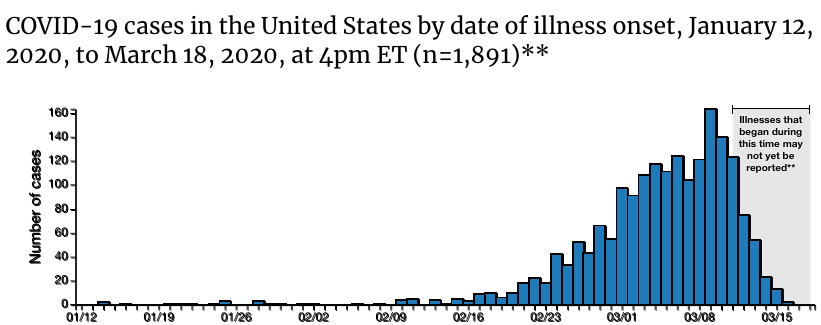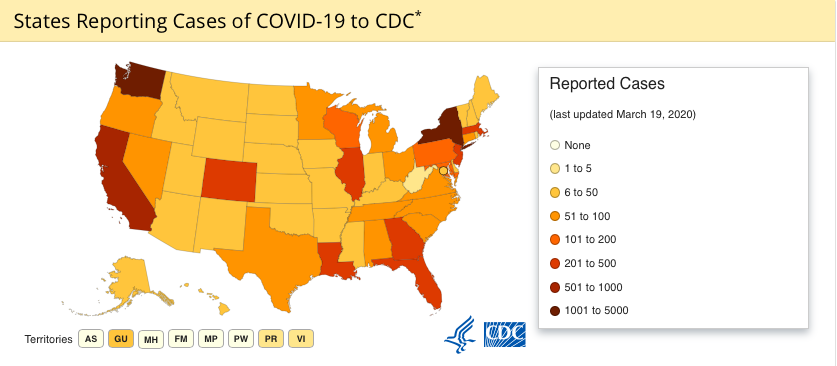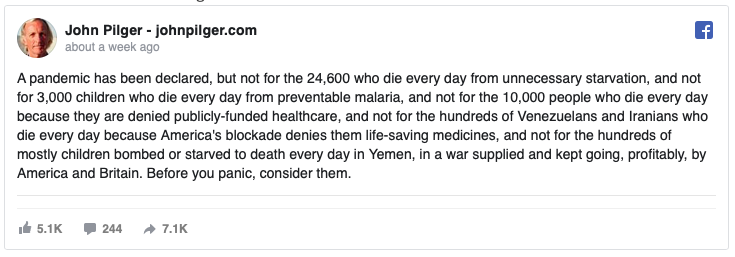“You have given Iraq the opportunity to stand on its own,” President Barack Obama told hundreds of cheering U.S. troops in Baghdad on April 7, 2009, his first visit to the country after being elected. He added that now, “Iraqis need to take responsibility for their country.”
For brazen hypocrisy and condescension, these words—repeated in essence by virtually all the top civilian and military officials of the Bush and Obama administrations over the past eight years—are hard to beat.
The implication is that before the U.S. invasion and occupation in 2003, Iraq was not able to “stand on its own,” and now the Iraqi people must be prodded to “take responsibility for their country.” This theme is really no different than the racist propaganda used by the colonial powers to justify their murderous exploitation in Africa, Asia, the Americas and the Middle East over hundreds of years.
The real history of modern Iraq is deliberately distorted or completely ignored by the corporate media and officials here for the simple reason that it utterly demolishes this colonialist narrative, while at the same time exposing the actual driving forces behind U.S. intervention in a country half a world away..
July 14, 2011, marks the 53rd anniversary of the Iraqi Revolution. The 1958 revolution ended four decades of British domination and marked the beginning of Iraqi independence. The fall of Baghdad on April 9, 2003, reduced Iraq once more to colonial status, now under U.S. rather than British rule.
Iraq before the 1958 revolution
Iraq is one of the oldest continually inhabited centers of human civilization, long known as Mesopotamia or the “land between the [Tigris and Euphrates] rivers.” Modern Iraq came into being in the aftermath of World War I (1914-18), a war of empires vs. empires. At the end of the war, the winners took over the colonies of the losers. Britain and France took over much of the Middle East from the defeated Turkey-based Ottoman Empire, and divided it up between them.
The former Ottoman provinces of Basra, Baghdad and Mosul became the new British “mandate” of Iraq. The British were also awarded Palestine by the just-established “League of Nations.” France was given “mandates” over present-day Lebanon and Syria. All were in reality colonies. The mandate system was justified on the supposed basis that the Arab people needed the tutelage of the British and French to prepare for “self-rule.”
The Arab people did not see it that way. In 1919 and 1920, revolts swept the region, from Egypt (also under British control) to Iraq, where the heaviest fighting took place, leaving thousands dead including the British commanding general. In 1925, another uprising, centered in the predominantly Kurdish region of northern Iraq, was answered by the British dropping poison gas from planes on the population.
Because of the fierce resistance to colonial domination by Arabs and Kurds alike, Britain granted Iraq its nominal independence in 1932. But it was independence in name only. The country was ruled by a British-installed monarchy, and continued to be occupied by British military bases.
Intifadas (uprisings) against the rule of British and their Iraqi collaborators, like Nuri as-Said, continued and intensified after the end of World War II.
To fortify their domination, the British promoted the development of a class of big landowners in Iraq, who exported grain, dates and other products. The peasants, who constituted the majority of the population, were treated as serfs–bound to the land and living in utter poverty.
In the 1950s, life expectancy in Iraq was 28-30 years. Infant mortality was estimated at 300-350 per 1,000 live births. By comparison, infant mortality in England at the time was around 25 per 1,000 births.
Illiteracy was more than 80 percent for men and 90 percent for women. Diseases related to malnutrition and unsanitary water were rampant.
A statistical survey at the time showed income of less than 13 Fils—4 cents—per day for individual peasants in Diwaniya, one of the more prosperous agricultural regions.
According to a 1952 World Bank report, the average yearly income for all Iraqis was $82. For peasants it was $21. (“Revolution in Iraq,” Society of Graduates of American Universities in Iraq, 1959)
Neocolonial and landlord rule was maintained by a ruthless secret police/military regime that tortured, murdered and imprisoned countless thousands of Iraqis. Still, the resistance was strong, as evidenced by the fact that Iraq was placed under martial law 11 times between 1935 and 1954, for a total of nine years and four months.
Underlying Iraq’s extreme poverty was this simple fact: oil-rich Iraq owned none of its own oil.
The United States and Iraq
U.S. involvement in Iraq began after World War I. U.S. corporations were granted 23.75 percent of Iraq’s oil as a reward for having entered World War I on the side of the victorious British and French empires. British, French and Dutch oil companies also each received 23.75 percent shares of Iraq’s petroleum resources. The broker of the deal, an Armenian oil baron named Calouste Gulbenkian, got the remaining five percent.
In the latter stages of World War II (1939-1945), the Roosevelt and Truman administrations, dominated by big banking, oil and other corporate interests, were determined to restructure the post-war world to ensure the dominant position of the United States.
The key elements in their strategy were: 1) U.S. military superiority in nuclear and conventional weaponry; 2) U.S. domination of newly created international institutions like the United Nations, International Monetary Fund and World Bank, and establishment of the dollar as the world currency; 3) control of global resources, particularly oil.
In pursuit of the latter, the U.S. government was intent on taking control of certain strategic assets of the British Empire, the war-time alliance between the two countries notwithstanding. Among those assets was Iraq.
A February 1944 exchange between U.S. President Franklin Roosevelt and British Prime Minister Winston Churchill makes clear that the British were well aware of U.S. intentions. Churchill wrote Roosevelt: “Thank you very much for your assurances about no sheep’s eyes [looking enviously] on our oilfields in Iran and Iraq. Let me reciprocate by giving you the fullest assurance that we have no thought of trying to horn in upon your interests or property in Saudi Arabia.” (quoted in Gabriel Kolko, The Politics of War, 1968)
What this note clearly shows is that the U.S. leaders were so intent on taking over Iran and Iraq, both important neo-colonies of Britain, that alarm bells had been set off in British ruling circles.
Despite Churchill’s bluster, there was nothing the British could do to restrain rising U.S. power. Within a few years, the British ruling class would adapt to the new reality and accept its new role as Washington’s junior partner, a position it continues to occupy today.
In 1953, after the CIA coup that overthrew a nationalist government and put the Shah (king) back in power in Iran, the United States took control of that country. And by the mid-1950s, Iraq was jointly controlled by the United States and Britain.
In 1955, Washington set up the Baghdad Pact, which included its client regimes at the time in Pakistan, Iran, Turkey and Iraq, along with Britain.
The Baghdad Pact, also called CENTO—Central Treaty Organization, had two purposes. First, to oppose the rise of Arab and other liberation movements in the Middle East and south Asia. And second, to be another in a series of military alliances—NATO, SEATO and ANZUS were the others—encircling the socialist camp of the Soviet Union, China, Eastern Europe, North Korea and North Vietnam.
The Iraqi Revolution
But on July 14, 1958, a military rebellion led by Brigadier Abd al-Karim Qasim and the Free Officers movement turned into a country-wide revolution. The king and his administration were suddenly gone, the recipients of people’s justice.
The 1958 revolution put an end to colonial domination and marked the beginning of Iraq’s real independence. Although the Iraqi Communist Party was the biggest organized force among the revolutionary forces, the revolution did not lead to a socialist transformation of the country. The ICP strategy was an alliance with the anti-colonial nationalist bourgeoisie.
Though not a socialist revolution, the Iraqi Revolution created panic in Washington and on Wall Street. President Dwight Eisenhower called it “the gravest crisis since the Korean War.
The day after the Iraqi Revolution, 20,000 U.S. Marines began landing in Lebanon. The day after that, 6,600 British paratroopers were dropped into Jordan.
The U.S. and British expeditionary forces went in to save the neo-colonial governments in Lebanon and Jordan. Had they not, the popular impulse from Iraq would have surely brought down the Western-dependent regimes in Beirut and Amman.
But Eisenhower and his generals had something else in mind as well: invading Iraq, overturning the revolution and re-installing a puppet government in Baghdad.
Three factors forced Washington to abandon that plan in 1958: 1) the sweeping character of the Iraqi Revolution; 2) the announcement by the United Arab Republic—Syria and Egypt were then one state that bordered Iraq—that its forces would fight the imperialists if they sought to invade; and 3) strong support for the revolution from the People’s Republic of China and the Soviet Union. The USSR began to mobilize troops in the southern Soviet republics close to Iraq.
Over the next three decades, the United States applied many tactics designed to weaken and undermine Iraq as an independent country. At various times—for instance after Iraq completed nationalizing the Iraqi Petroleum Company in 1972 and signed a defense treaty with the USSR—the United States gave massive military support to Kurdish elements fighting Baghdad and added Iraq to its list of “terrorist states.”
Washington supported the more rightist elements within the post-revolution political structure against the communist and left-nationalist forces. For example, the United States backed the overthrow and assassination of President Abd al-Karim Qasim in 1963 by a right-wing military grouping. And Washington applauded the suppression of the left and unions by the Arab Ba’ath Socialist Party governments in the 1960s and 1970s.
In the 1980s, the United States encouraged and helped to fund and arm Iraq, under the leadership of Saddam Hussein, in its war against Iran. Secretary of State Henry Kissinger revealed the real U.S. attitude about the war: “It’s a pity both sides can’t lose.”
Bourgeois governments in both Iran and Iraq pursued the war for expansionist aims. The war was a disaster for both Iran and Iraq, killing a million people and weakening both countries.
Social advances
Despite the numerous internal and external conflicts, Iraq made rapid strides forward in development after the 1958 revolution and particularly following the complete nationalization of oil operations in 1972.
Billions of dollars of oil revenue paid for development of water and sewage treatment facilities, modern roads, ports, railways and airports, and electrification even for many remote areas of the country.
Iraq created the best health care system in the region, and health care was free. So, too, was education through university. Food was subsidized and food imports greatly increased in order to meet the needs of the population.
By virtually all indices that measure social progress—literacy, infant and maternal mortality, life expectancy, etc.—Iraq’s progress was extraordinarily dramatic.
Many students from Africa and poorer Arab countries received scholarships that covered all expenses to attend Iraqi universities. Iraq educated and trained hundreds of thousands of doctors, engineers, nurses, scientists and other personnel needed to lead and operate a rapidly modernizing society. Women, particularly in the urban areas, made major gains.
At the same time, Iraq was still a developing country and highly dependent on one commodity: oil. When the sanctions blockade was imposed on Iraq in 1990, it was importing 65 percent of its medicine, 70 percent of its food and up to 100 percent of infrastructure and other goods, paying for them with oil revenues.
The collapse of the USSR and the Gulf War
Shortly after the Iran-Iraq war ended in 1988, developments in the Soviet Union posed a new threat to Iraq. In pursuit of an illusory “permanent détente” with the United States, the Gorbachev leadership in Moscow was eliminating or sharply cutting back its support for allies in the developing world.
In 1989, Gorbachev withdrew support for the socialist governments in Eastern Europe, most of which then collapsed. This sharp shift in the world relationship of forces, culminating with the fall of the Soviet Union itself two years later, opened the door for the U.S. war against Iraq in 1991—and for more than a decade of sanctions/blockade and bombing that severely weakened Iraq and its people.
It would have been inconceivable even a few years earlier that Soviet leaders would have stood by while the United States sent more than half a million troops to attack a nearby country with which the USSR had a mutual defense agreement.
Rather than ushering in a new era of peace, the counter-revolutionary overturn of the governments of the USSR and the socialist camp was seen in Washington as the green light for a new round of wars and interventions.
In the 1991 war, more than 88,500 tons of bombs were dropped on Iraq. While U.S. leaders justified the war on the basis of Iraq’s occupation of Kuwait after a long and bitter dispute, U.S. military tactics showed that the main aim was to destroy Iraq. The civilian infrastructure throughout the country—water, power, phone and sewage systems, food and medicine production, storage facilities, schools and hospitals, roads and bridges, and more—were targeted, often many times over. Military targets and troops were also hit, with an estimated 125,000 Iraqi soldiers killed.
Blockaded and bombed for 13 years
The sanctions passed by the UN Security Council at the behest of the United States on August 6, 1990, were killing people even before the bombing began five months later. The sanctions on Iraq were the most comprehensive in history; in reality, it was a blockade of the country, enforced by military means that was to last for 13 years, killing more than 1 million people, half of them children under the age of five.
Through the presidencies of George H.W. Bush, Bill Clinton and George W. Bush up to the 2003 invasion, Iraq was bombed several times per week, with several periods of intense assault. There were numerous coup attempts organized by the CIA. And the death toll from the blockade was relentless, as U.S. officials were well aware.
On May 12, 1996, then U.S. ambassador to the United Nations Madeleine Albright, appeared on the TV program “60 Minutes.” Albright was asked by reporter Leslie Stahl, who had just returned from Iraq, about the impact of the sanctions: “We have heard that a half million children have died, I mean, that’s more children than died in Hiroshima. And, you know, is the price worth it?” Albright’s response was a rare exposure of the real and monstrous thinking of the imperialist policymakers: “I think this is a very hard choice, but the price—we think the price is worth it.”
Still, the desired goal of regime change, which became official U.S. policy when Clinton signed the “Iraq Liberation Act” in 1998, was not achieved. It became clear that regime change could only be achieved by a military invasion.
After a protracted public relations campaign—demonizing Saddam Hussein and other Iraqi leaders, attempting to link Iraq to the Sept. 11 attack, fabricating claims that Iraq had “weapons of mass destruction,” including nuclear weapons—U.S. and British forces invaded Iraq on March 19, 2003.
In April 2003, the U.S. and British rulers finally achieved what they had wanted to do since July 1958: counter-revolution in Iraq. While U.S. leaders and their corporate media had relentlessly promoted the idea that their goal of “regime change” simply involved removing the ultra-demonized Hussein and his immediate circle, in reality, Washington’s aim was to destroy everything that made Iraq an independent state.
The entire government and state apparatus was disbanded, from the military to the government ministries to the state-run food-distribution and health-care systems.
Early in the war, U.S. military forces seized the great prize in Iraq, the rich oil fields in the north and south. Iraq holds an estimated 12 percent of the world’s proven petroleum reserves.
In the eight-plus years since, it is estimated that more than 1 million Iraqi “excess deaths”—deaths due to the occupation—have occurred. There have been 4.5 million Iraqis displaced internally or out of the country. The number of wounded remains uncounted, but must also be in the millions. All of this in a country of about 27 million people.
The social fabric of the country has been ripped apart due to the occupation. The occupiers have favored some ethnic and religious groups against others.
In a country where the long summers frequently see temperatures over 120 degrees, electricity is less available than even in the time of the sanctions.
Millions of tons of toxic waste, including depleted uranium used in bullets and shells, have been dumped in Iraq by the occupation forces.
Iraq has suffered extreme looting by the occupiers. Just one example is that, on July 27, 2010, the U.S. Special Investigator for Iraq Reconstruction released a report stating that the Pentagon cannot account for 95 percent of the Development Fund for Iraq.
The DFI was set up by L. Paul Bremer, who ruled Iraq as virtual dictator for the first 15 months of the occupation. The $9.1 billion in the account came from Iraq’s frozen assets in the United States and other countries, and the sale of Iraqi oil. Of that amount, $8.7 billion is “missing.” No one has been charged with any crime nor is any crime even alleged by the U.S. authorities.
Countering the ludicrous claim that the U.S. occupation has “given Iraq the opportunity to stand on its own,” a Mercer Quality of Living survey released on May 26, 2010, ranked Baghdad—one of the truly great and historic cities of the world—dead last in a list of “most livable cities.”
What Iraq needs and deserves from the United States is not more dishonest and insulting speeches, but instead a complete end to the occupation and reparations for the terrible damage done.
Despite all the indescribable horrors they have suffered, the Iraqi people have not given up and will continue their struggle until they regain what they first won 53 years ago—real independence and sovereignty.
*
Note to readers: please click the share buttons above or below. Forward this article to your email lists. Crosspost on your blog site, internet forums. etc.
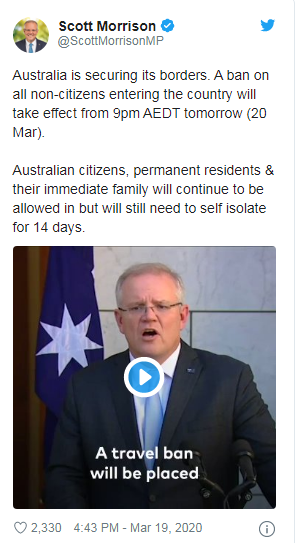
 Can you
Can you 

